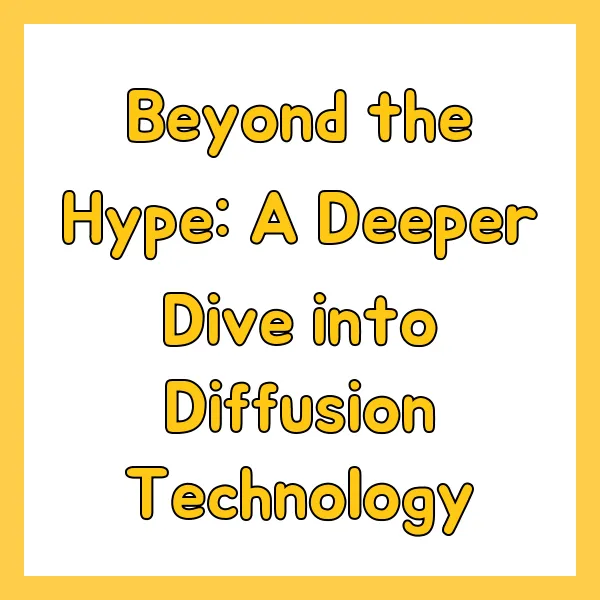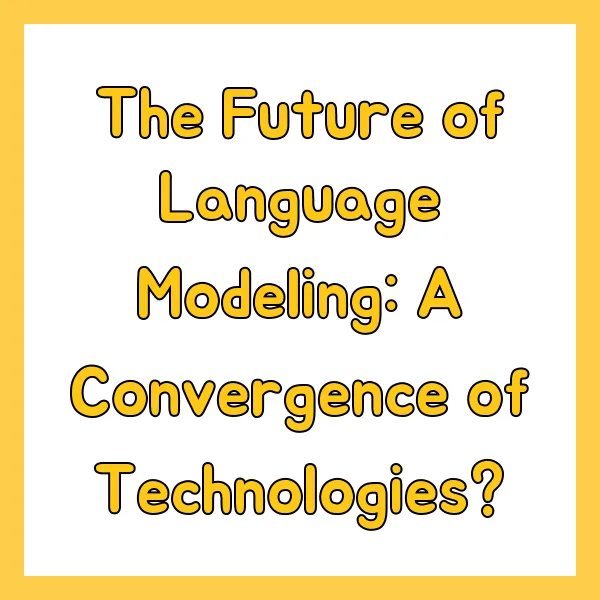Inception AI's DLM: 10x Faster and Cheaper Than Traditional LLMs?

Inception AI , a Palo Alto-based startup, has unveiled its groundbreaking Diffusion-based Language Model (DLM) , claiming up to 10x faster speeds and 10x lower costs than current Large Language Models (LLMs) like GPT and Llama. This innovation leverages the parallel processing power of diffusion models, potentially revolutionizing AI applications from chatbots to code generation. Key features include API access, on-premises deployment, edge device compatibility, and model fine-tuning. This article dives deep into the DLM's capabilities, potential impact, and competitive landscape.
A New Dawn in AI: The Rise of Diffusion-Based Language Models

Hold onto your hats, folks, because the AI world is about to get a whole lot more interesting! Inception AI , fresh out of stealth mode, is making waves with its DLM , a radical departure from the traditional LLM architecture. This isn't just a minor tweak; it's a potential paradigm shift . Think of it as swapping out your old dial-up connection for a blazing-fast fiber optic network – that's the kind of leap we're talking about!
How DLMs Work: A Tale of Two Models
Currently, the AI landscape is dominated by two main contenders: LLMs and diffusion models . LLMs, the reigning champs of text generation, power everything from chatbots to content creation. Diffusion models, on the other hand, are the artists of the AI world, conjuring images, videos, and audio with breathtaking realism. Inception AI's DLM is a hybrid beast, combining the textual prowess of LLMs with the speed and efficiency of diffusion technology. Pretty ingenious, right?
Traditional LLMs work sequentially, churning out text word by word like a meticulous scribe. This linear approach, while effective, creates a bottleneck that limits speed. Diffusion models, however, are like a symphony orchestra, with different instruments playing simultaneously to create a harmonious whole. They start with a "noisy" representation of the desired output and progressively refine it through parallel processing. This is the secret sauce behind DLM's speed advantage . It's like going from single-core processing to multi-core – a quantum leap in performance!
Inception AI's Bold Claims: 10x Faster, 10x Cheaper?!

Now, for the juicy details: Inception AI asserts its DLM is up to *ten times* faster than traditional LLMs *and* ten times cheaper! If these claims hold up under scrutiny, we're looking at a seismic shift in the AI landscape. Imagine the possibilities! This dramatic improvement comes from the DLM's superior utilization of GPUs, the heavy lifters of AI computation. According to Stanford Professor and Inception AI co-founder Stefano Ermon, "What we found is that our models can leverage the GPUs much more efficiently... I think this is a big deal." We couldn't agree more, Professor! This efficient hardware utilization could democratize access to powerful AI, putting cutting-edge technology within reach of smaller companies and researchers.
Performance Benchmarks: Putting DLM to the Test
But talk is cheap. What about the hard numbers? Well, Inception AI claims their "small" coding model goes toe-to-toe with OpenAI's GPT-4o mini while running over ten times faster. Even more impressive, their "mini" model reportedly outperforms Meta's Llama 3.1 8B, clocking in at over 1,000 tokens per second. That's enough to generate a 500-word article in the blink of an eye! These benchmarks, if validated, suggest DLMs could be a real game-changer .
The Potential Impact: A World Transformed by DLM

The implications of this technology are staggering. Faster generation speeds mean near-instantaneous responses from chatbots and virtual assistants, creating a truly seamless user experience. Lower computational costs could open up a world of possibilities for AI-powered applications, from personalized education to drug discovery. Imagine a world where AI-powered tools are accessible to everyone, not just deep-pocketed corporations. That's the promise of DLM.
Deployment Options: Flexibility for Every Need
Inception AI isn't just building a better mousetrap; they're providing the whole ecosystem. They offer a comprehensive suite of deployment options, including an API, on-premises deployment, and even edge device deployment. This flexibility is a huge plus for developers, allowing them to integrate DLMs into a wide range of applications and platforms. Plus, they offer model fine-tuning and pre-trained DLMs, making it easier than ever to get started with this revolutionary technology.
The Competitive Landscape: A New Challenger Approaches

The LLM arena is already a crowded space, with heavy hitters like OpenAI and Google vying for dominance. But Inception AI's DLM, with its speed and cost advantages, could disrupt the status quo. It's like David taking on Goliath, but with a slingshot powered by diffusion technology. This competition will undoubtedly spur further innovation, ultimately benefiting users with more powerful and accessible AI tools.
Challenges and Future Outlook: Tempering Expectations
While the initial buzz is exciting, it's important to remain grounded. The AI field is notorious for hype cycles, and independent verification of Inception AI's claims is crucial. Furthermore, the long-term success of DLMs will depend on factors like scalability, robustness, and continued development. However, if DLMs live up to their potential, they could usher in a new era of AI, transforming industries and empowering individuals in ways we can only begin to imagine. The future of AI is bright, and Inception AI's DLM is a shining beacon of what's possible.
Beyond the Hype: A Deeper Dive into Diffusion Technology

Let's take a moment to appreciate the ingenuity behind diffusion models. They're based on the principle of diffusion, a process where information spreads out from a concentrated source. In the context of AI, this means starting with a random noise pattern and gradually refining it until it resembles the desired output. It’s like sculpting a masterpiece from a block of marble, chipping away at the excess until the desired form emerges. This process, while seemingly counterintuitive, is incredibly powerful. It allows the model to explore a vast range of possibilities in parallel, leading to faster generation and more diverse outputs.
The Power of Parallelism: Why Diffusion Models are So Fast
The key to diffusion models’ speed lies in their parallel processing capabilities. Unlike traditional LLMs, which generate text sequentially word by word, diffusion models can generate multiple parts of the output simultaneously. Think of it like painting a picture. A traditional LLM would paint one brushstroke at a time, meticulously filling in every detail. A diffusion model, on the other hand, would be like throwing a bucket of paint at the canvas and then selectively removing the excess to reveal the image. This parallel approach dramatically accelerates the generation process, allowing diffusion models to outperform traditional LLMs in terms of speed.
The Future of Language Modeling: A Convergence of Technologies?

The emergence of DLMs suggests a potential convergence of different AI technologies. We're seeing a blurring of the lines between traditional LLMs, diffusion models, and other AI techniques. This cross-pollination of ideas is incredibly exciting and could lead to even more powerful and versatile AI models in the future. Imagine AI models that can seamlessly generate text, images, video, and audio, all within a single unified framework. This is the future of AI, and DLMs are paving the way. It's a thrilling time to be in the field of artificial intelligence, and we can't wait to see what the future holds. One thing's for sure: the journey has just begun!
'NEWS > TECH' 카테고리의 다른 글
| Amazon Unveils Ocelot A Quantum Leap? (0) | 2025.03.02 |
|---|---|
| Elon Musk's Grok AI Uncensored Voice, Explicit Content Grok AI vs. ChatGPT (0) | 2025.03.01 |
| Manage Website Cookies & Privacy Preferences (0) | 2025.03.01 |
| OpenAI's GPT-4.5 Launch Delayed by GPU Shortage (0) | 2025.03.01 |
| Alef's Flying Car Takes Off First Road-to-Air Test Flight in CA (0) | 2025.03.01 |